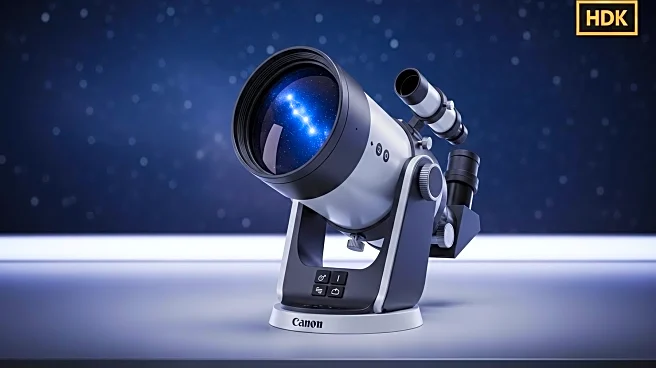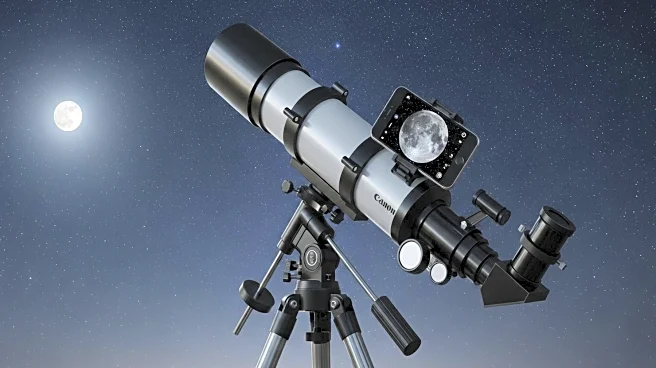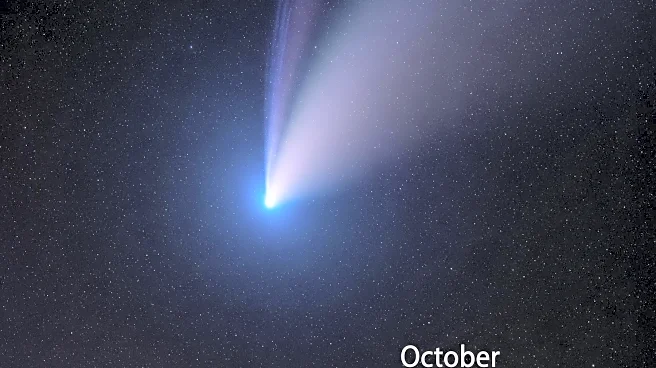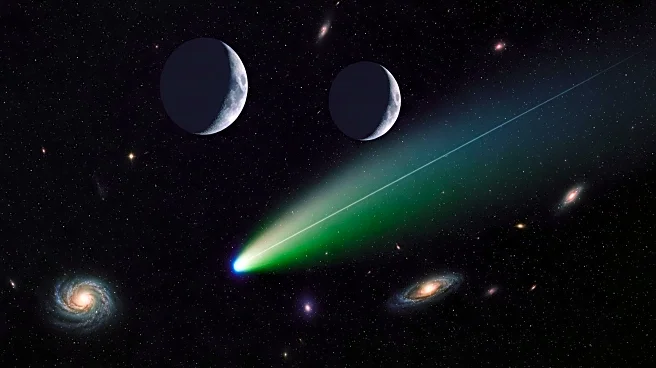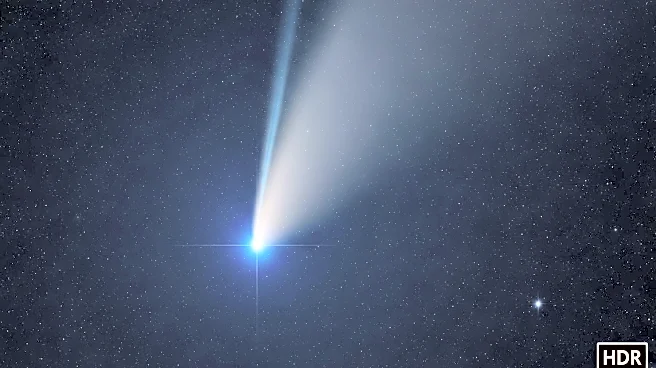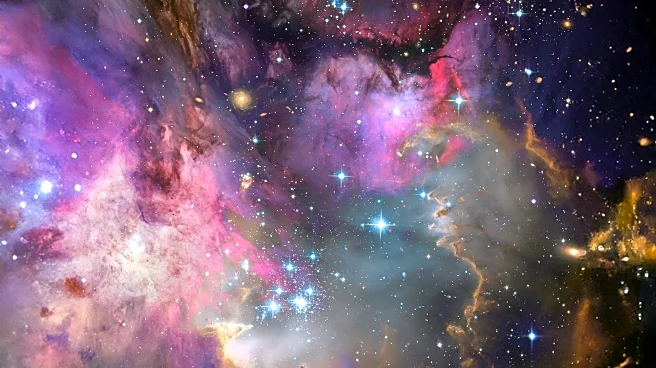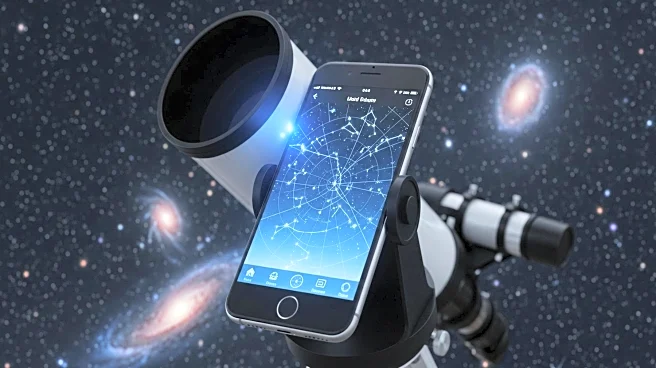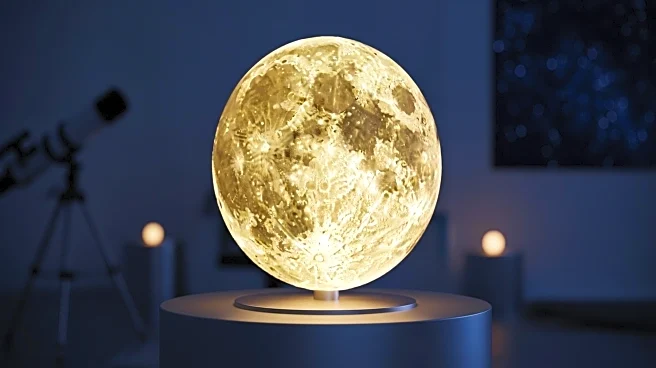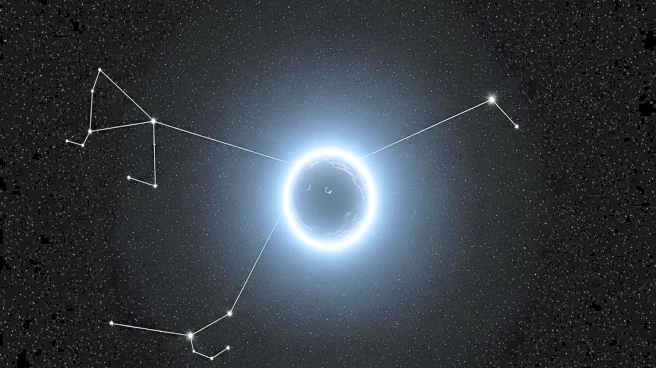What's Happening?
The DWARFLAB DWARF 3 smart telescope is gaining attention as an ideal tool for beginner astrophotographers. This compact and portable device is designed to simplify the process of capturing images of celestial objects, featuring AI-powered tracking and dual cameras. The telescope is praised for its ease of use, allowing users to photograph the moon, galaxies, and nebulae with minimal setup. It includes automated stacking and processing features, making it user-friendly for those new to astrophotography. The DWARF 3 is marketed as a cost-effective alternative to traditional telescopes, offering a hassle-free stargazing experience.
Why It's Important?
The DWARFLAB DWARF 3 represents a significant advancement in making astrophotography accessible to a wider audience. Its affordability and ease of use could encourage more people to engage with astronomy and explore the night sky. The telescope's smart features reduce the complexity of astrophotography, potentially increasing interest in space exploration and science education. As technology continues to evolve, devices like the DWARF 3 could play a crucial role in democratizing access to scientific tools and fostering a greater appreciation for astronomy.
What's Next?
The DWARFLAB DWARF 3 is expected to attract more amateur astronomers and hobbyists, potentially leading to increased sales and further development of smart telescope technology. As users become more familiar with the device, feedback may drive improvements and new features in future models. The growing interest in astrophotography could also inspire educational programs and community events focused on stargazing and space science.
Beyond the Headlines
The introduction of smart telescopes like the DWARFLAB DWARF 3 raises questions about the future of traditional observational astronomy. While these devices offer convenience, they may change the way people interact with the night sky, shifting focus from direct observation to digital imaging. This technological shift could influence cultural perceptions of astronomy and impact the market for conventional telescopes.

